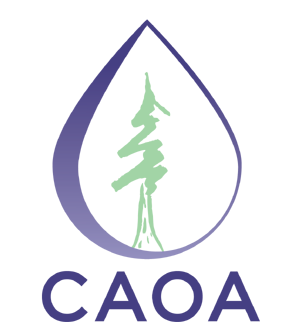Menu
Log in
|
CAOA Blog
| JOIN THE CAOA
Join an association that values commitment to Aromatherapy, continuous learning, a community of professionals and the support of peers. | CONTACT USSecretary: secretary@caoa.ca Registrar: registrar@caoa.ca Canadian Alliance of Aromatherapy 20729 93A Avenue, Langley, BC. Canada V1M 2W7 |
© Copyright 2023 Canadian Alliance Of Aromatherapy | ALL RIGHTS RESERVED
Powered by Wild Apricot Membership Software
.png)
